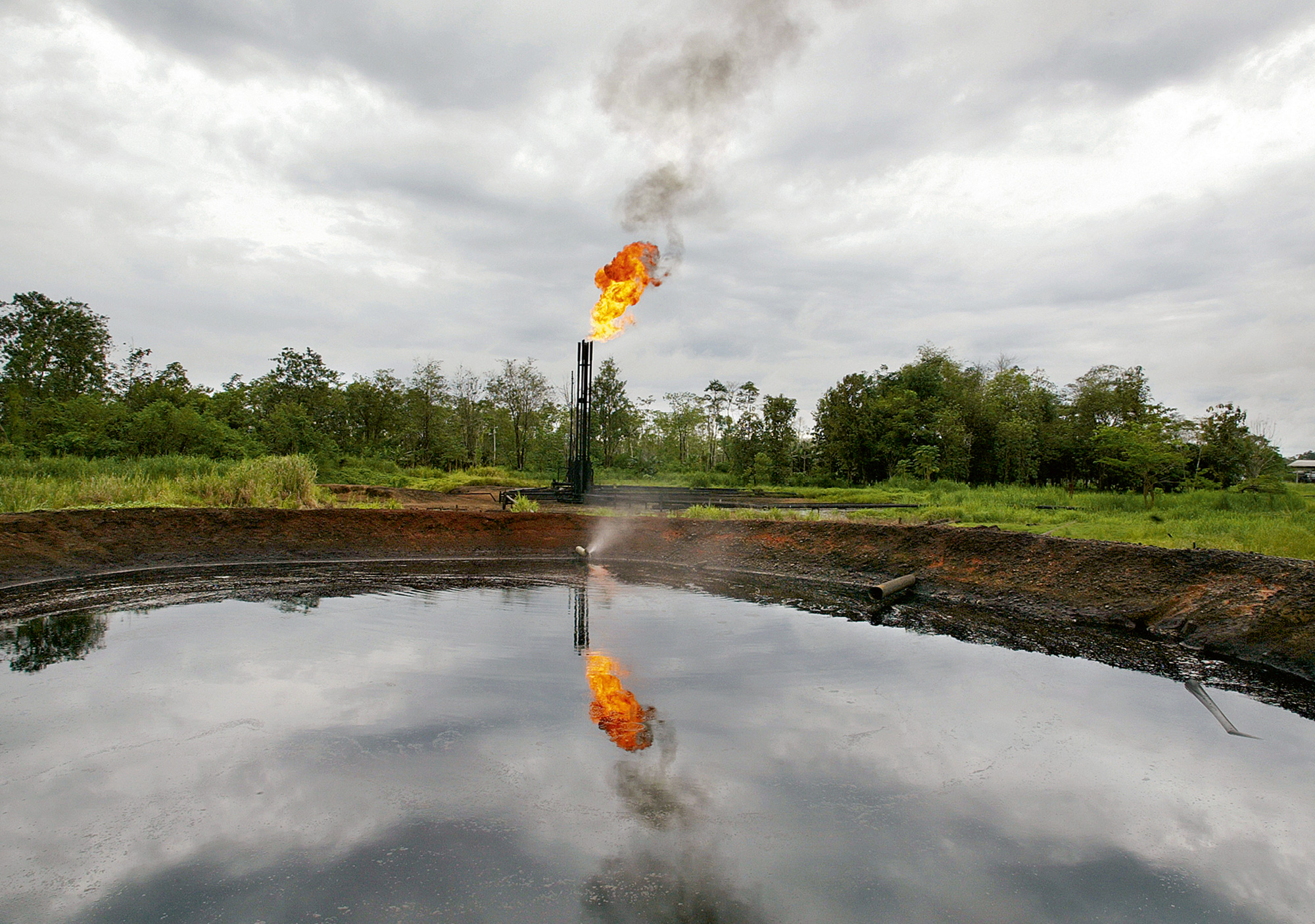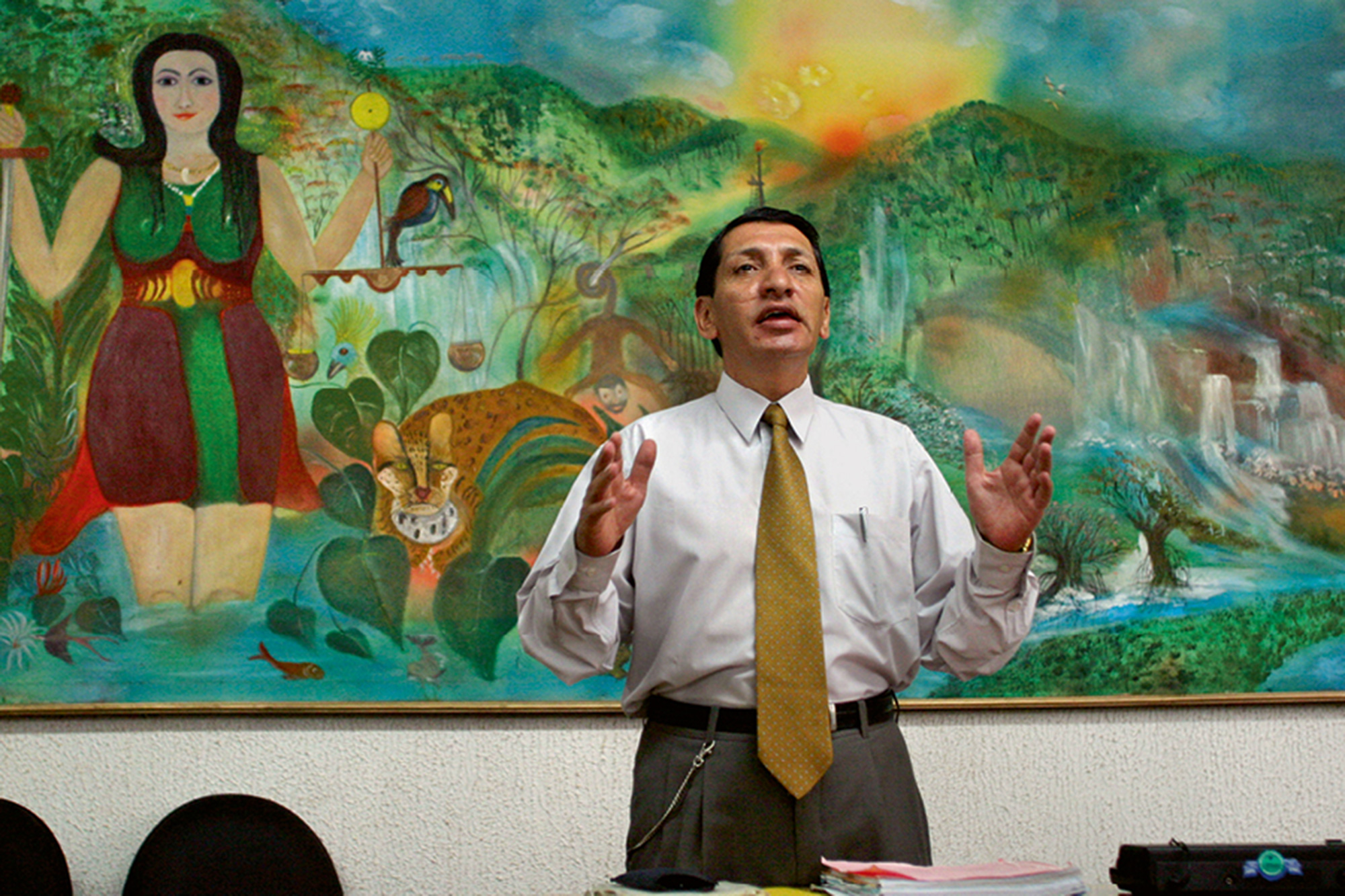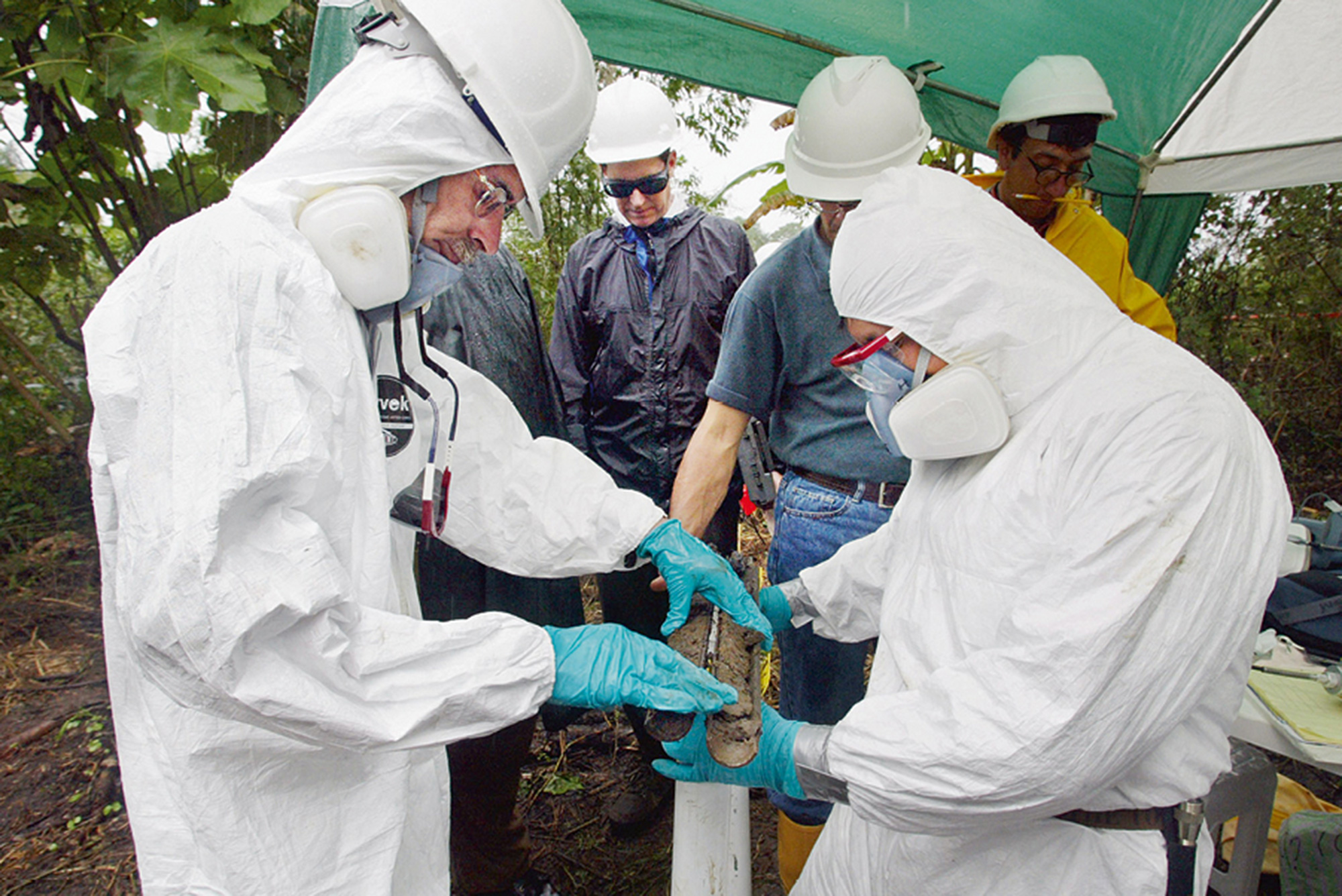Murky Evidence
Environmental forensics in the age of the Anthropocene
Paulo Tavares

Global history enters nature; global nature enters history: this is something utterly new in philosophy.
—Michel Serres
At the Provincial Court of Justice of Sucumbíos in the city of Lago Agrio, a petroleum frontier town in the middle of the Ecuadorian Amazon, one of the most fiercely disputed and controversial cases involving law, science, and nature finally reached a verdict in early 2011 after eighteen years of exhaustive litigation. The US oil giant Chevron was assessed a landmark fine of eighteen billion dollars payable to local indigenous and peasant communities in compensation for the high levels of toxicity registered in the soils and water streams of the upper basin of the Napo River. The area affected—dubbed the “Amazon Chernobyl”—covers approximately 4,400 square kilometers of equatorial forest, roughly equivalent to the size of metropolitan Rio de Janeiro. Product of the almost thirty years during which Texaco operated a massive oil concession in the region, the environmental damage left in one of the most biodiverse zones of the planet was inherited by Chevron in 2001, when they acquired the pioneering Texas-based oil company.
While operating in Ecuador between 1964 and 1992, Texaco critically destabilized and damaged the ecology of the Amazon. The extraction of crude generates a series of by-products known as “production water,” and while oil is pumped out to the global market, this viscous, gasoline-like toxic fluid has to be disposed somewhere. The common practice prescribed in US protocols, at least since the early 1960s, is to use deep-ground reinjection methods to avoid contaminating aquifers. Texaco chose a cheaper, archaic technology for the Amazon, redirecting oil-drilling waste to more than nine hundred open-air pits dug directly into the surface soil without any ground insulation. The round pits, roughly twenty meters in diameter and three meters deep, were distributed around the 330 oil wells operated by the company throughout the region. Large tubes attached to the pits regulated the volume in case of prolonged rainfalls, channeling the overflow to the myriad tributaries of the Napo. Exacerbated by decades of hydrological activity—the cycle of evaporation, condensation, dispersion, and precipitation—this mechanism has produced a widespread environmental disaster.


The architecture of that artificial/natural ecology is at the center of the transnational legal dispute. Based on data in leaked internal reports from Texaco, the plaintiffs estimate that circa 1.3 billion gallons of oil, a number twice as high as the estimate for the recent British Petroleum platform accident in the Gulf of Mexico, were dumped or accidentally spilled into the soil of the Amazon.[1] Local people accuse Texaco/Chevron not of simple negligence, but of employing what their advocates call “intentional design,” i.e., of consciously planning and implementing a criminal “apparatus” that deliberately channeled the environmental safety costs of crude extraction to ecosystems in order to generate higher margins of profit. Given that the environment produced by the company was the very source through which the basic rights of local communities were violated, the ecology of the Napo Basin assumed a prominent position in the course of the trial, and was literally converted into the site through which the legal dispute unfolded. As nature had became the medium of violence, the extent of the damage could only be fully assessed by interrogating the very body upon which it was inflicted—the earth.